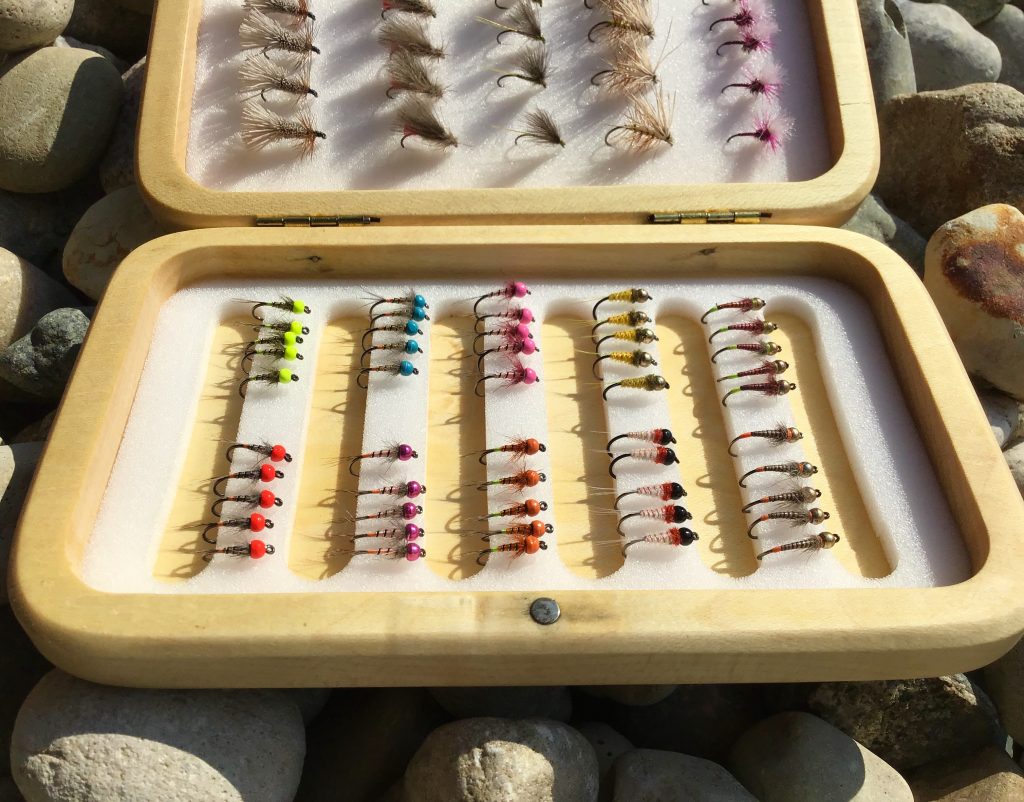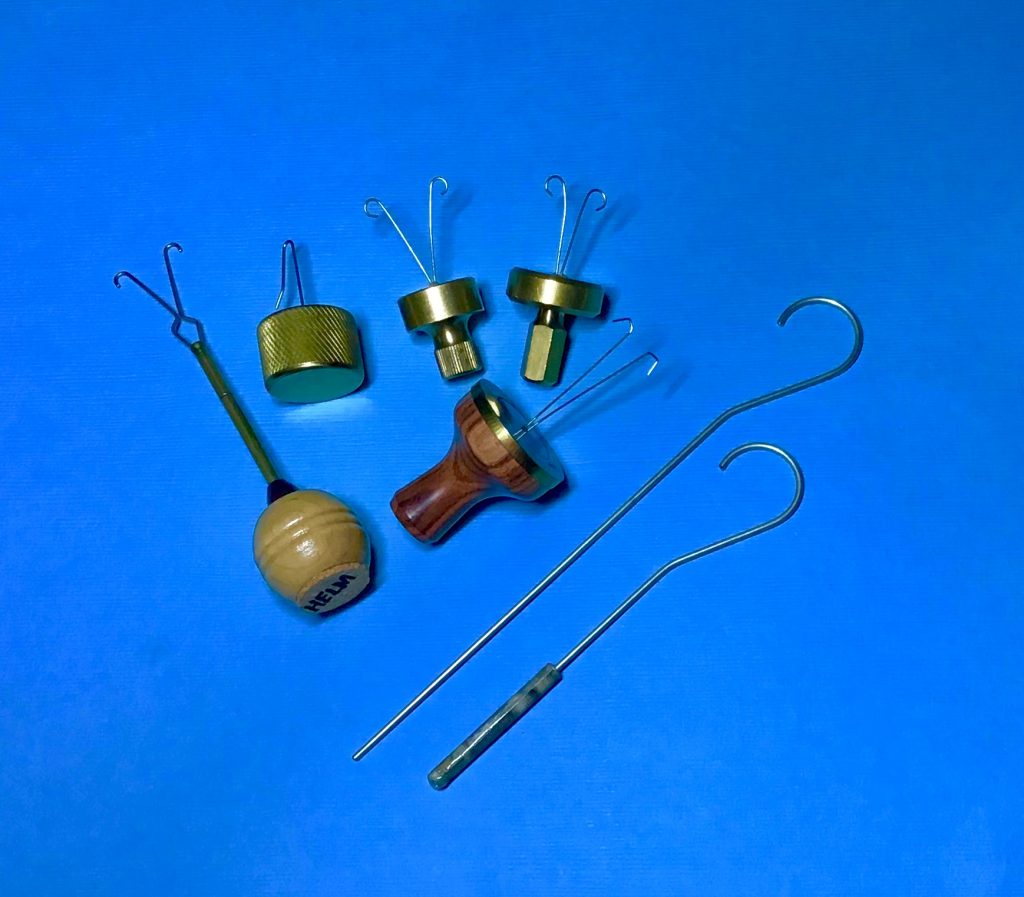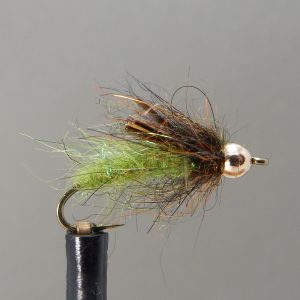Dubbing Loops

If you tie flies long enough, you are bound to run into situations that call for “dubbing loops”. They are actually not that complicated- but we sure do hear from individuals who have some struggles. This brief post covers some of the basics and also provides a step-by-step PDF showing photos of the various stages so you can practice.
What is a dubbing loop? The short answer is- it is a loop the tier has made with his/her tying thread for the purpose of inserting a materials (dubbing, hair, feather fibers) to twist them into a threaded core to be wound onto the hook shank.
What different types of dubbing loops exists? There are two mains types that you will see most often. The more traditional type of dubbing loop used is created simply by using your tying thread which is wrapped over the hook shank to for a “loop”. The less frequently used loop technique is to actually “split” your fly-tying thread with a needle point- thereby creating a “loop”. For the purpose of this post, we are focusing on the more traditional version.

Assorted Dubbing Loop tools and “Wayne’s Hook Tool” (that we make and sell)
What thread should I use? Well, we always say, “the thread that you need for the job”. Meaning, since everyone ties a bit differently and applies tension and stress to their thread while tying- threads may also vary. But, a good rule of thumb is, remember when you twist your dubbing loop to begin to bind or trap your materials- this twisting will tighten & shorten the loop placing breaking stress on the thread. So, we suggest a “stronger” thread and some practice to see what works best for the style of fly your are tying. We use GSP thread quite a bit for dubbing loop work.
Do I need tool? All you really need is duct tape and a hammer for any job right! Joking. We would say “yes”…….it sure is a lot easier to control what you are doing with a proper tool. Our attached instructional sheet shows two different dubbing loop tool types. One type is the traditional dubbing loop tool on the market which has two prongs for “spreading” and “holding” the loop. These traditional dubbing loop tools can vary in cost as some are very basic (like the one we have pictured) and they can be quite fancy with a ball bearing for turbo spinning your loop (if preferred for larger flies for example). The other type is simply a “hook tool”. We use this very basic tool quite often. In fact, we actually make and sell the tool as they are hard to find today. We make the tool ourselves, because we prefer a certain hook size enabling us to use tying pliers and we also prefer the hook to be “inline” vs. “offset” like older styles.





